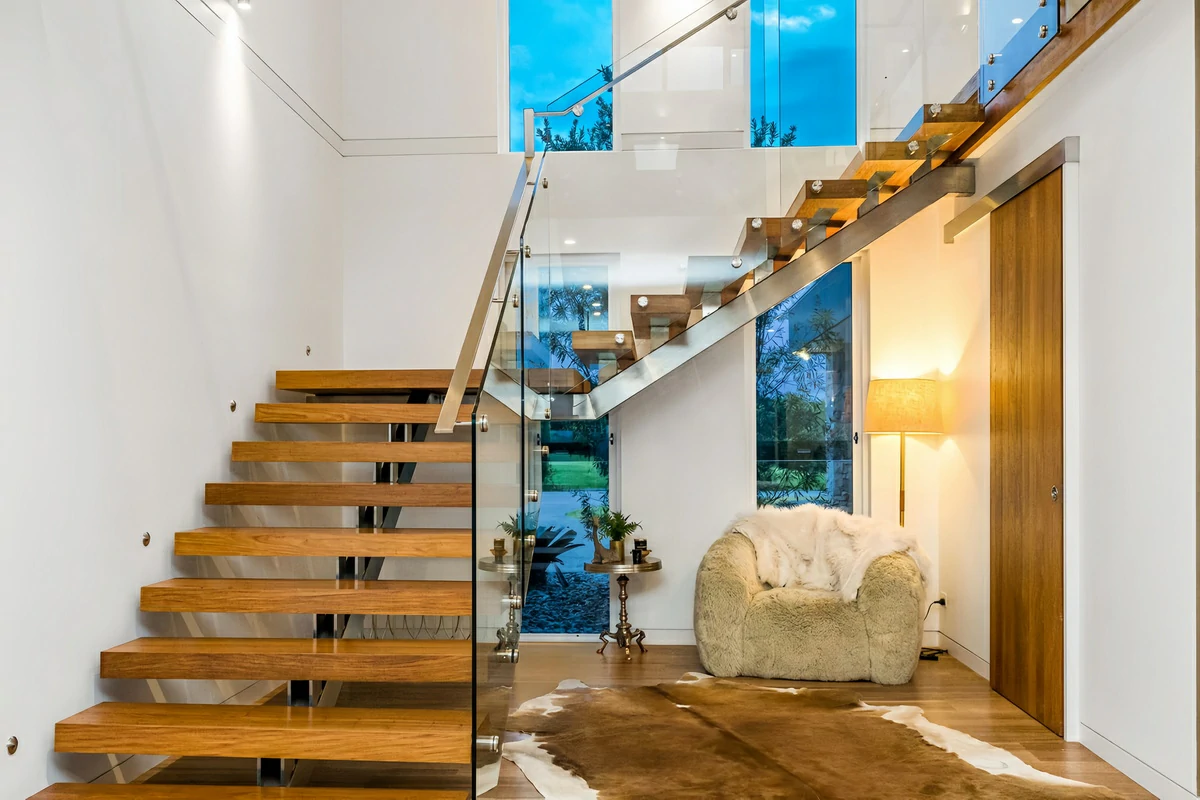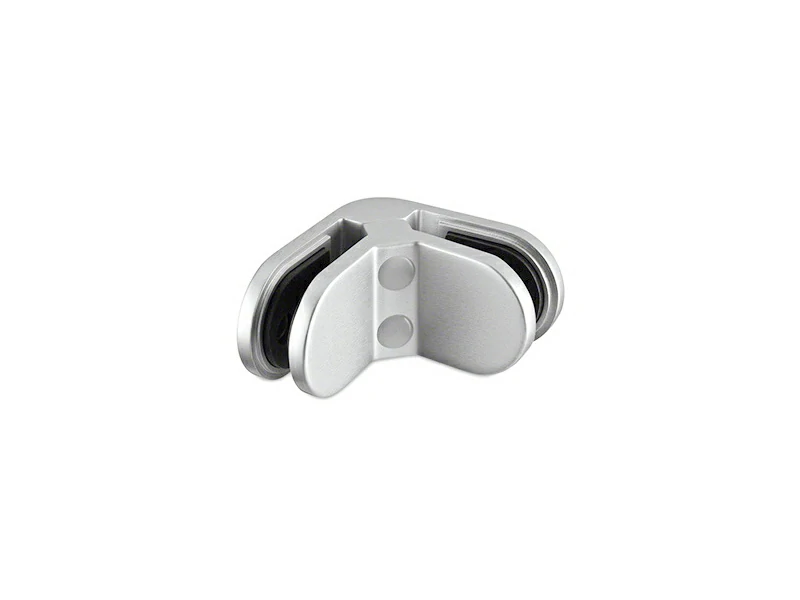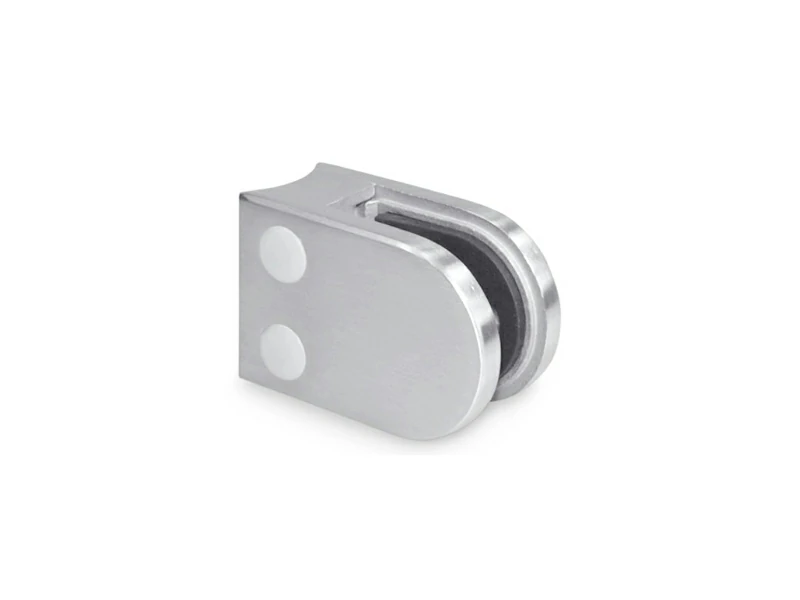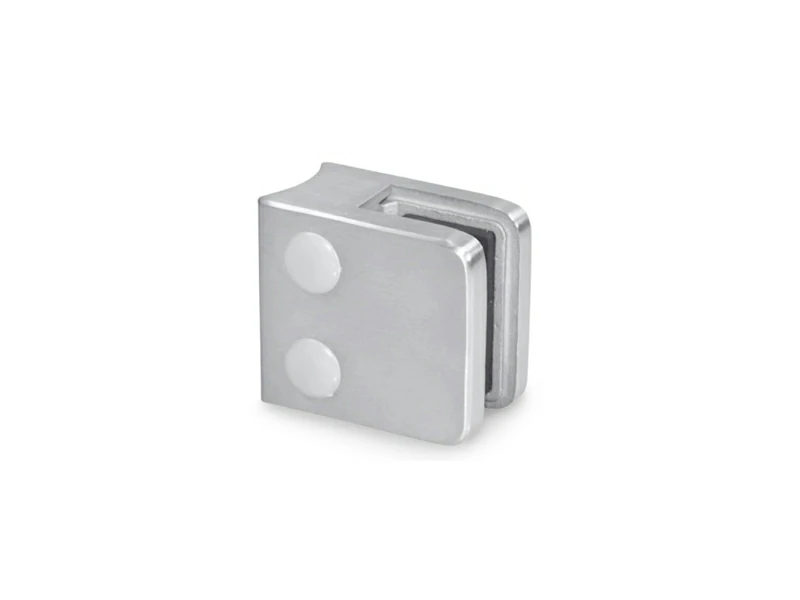Glass Stair Railing Systemsr are quickly becoming a design favorite in both homes and commercial buildings. Unlike traditional railings, a glass railing system brings an open, modern look that enhances natural light and makes spaces feel larger. Whether you are upgrading a stairway at home or designing a contemporary office, these railing systems strike the perfect balance between style, safety, and durability.
Types of Glass Stair Railing Systems
Choosing the right glass railing system is essential for complementing your interior design. Here are the most popular options for stair and landing applications:
Frameless Glass Railings: This is the ultimate minimalist design, featuring clear glass panels with no visible frames or posts. The panels are securely held by brackets or channels embedded in the floor, providing a completely unobstructed view.
Framed and Semi-Framed Railings: These systems utilize metal or wood posts and handrail systems for structural support. Framed designs feature a full frame, while semi-framed options offer a balance of support and a sleek look with minimal framing.
Glass Balustrade with Posts: This system uses posts to support the glass panels, often with horizontal bars for additional security. The posts act as stylish glass balusters, offering a modern take on a more traditional design.
Spigot Glass Railings: This type uses small clamps or "spigots" at the base to hold the glass panels in place. This creates a clean, floating effect without a continuous base channel, perfect for a contemporary space.

Key Features and Benefits
A glass stair railing system provides numerous advantages over traditional materials like wood or iron:
Enhanced Aesthetics: The transparency of glass allows for a seamless visual flow, making your stair a beautiful focal point. It maximizes natural light, creating a bright and open atmosphere.
Improved Safety: Glass panels form a solid barrier, preventing children or pets from falling through gaps, which is a common concern with traditional railings. Tempered and laminated glass, the most common materials, are exceptionally durable and designed to break safely.
Durability & Low Maintenance: High-quality glass is resistant to moisture, rot, rust, and scratches. These systems are also easy to clean with a simple glass cleaner, eliminating the need for repainting or refinishing.
Preserved Views: Whether used indoors or outdoors, a glass railing system offers uninterrupted views, allowing you to enjoy your surroundings without visual barriers.
Materials for Glass Stair Railing Systems
1. Glass
Tempered Glass: The most common and recommended choice, tempered glass is heat-treated to be up to five times stronger than regular glass. If it breaks, it shatters into small, blunt pieces, reducing the risk of injury.
Laminated Glass: This type consists of two or more layers of glass bonded with a plastic interlayer. If the glass breaks, the interlayer holds the pieces together, preventing them from scattering. It's often required in commercial buildings and high-traffic areas for added safety.
Ultra-Clear Glass: A type of tempered glass that has a low iron content, giving it a crystal-clear appearance without the greenish tint often found in standard glass. This is ideal for maximizing visibility and a sleek aesthetic.
2. Railing Hardware & Support Options
Spigots: These are small posts or supports used to secure frameless glass panels in place. Spigots are mounted on the floor or along the sides of the stairs and are a great option for frameless designs.
Channel Systems: Used for holding the glass panels in place with a hidden track embedded into the ground or wall. They provide a very sleek, minimalist look and are ideal for contemporary settings.
Post & Rail Systems: These typically use vertical posts spaced at regular intervals to support the glass panels. This option is commonly used with both framed and semi-framed designs.
Clamps: Metal clamps are used to secure the glass at the top and bottom of the stairs.
Versatile Applications
Glass stair railing systems are highly versatile and suitable for a wide variety of settings:
Residential: They are ideal for both indoor and outdoor use on staircases, balconies, and decks, creating a sleek and modern feel throughout the home.
Commercial: In commercial settings like offices, hotels, and retail spaces, they provide a clean, high-end look while meeting all safety regulations.
Maintenance and Care
Cleaning: Use a soft cloth and a non-abrasive cleaner to avoid scratching the glass. A glass cleaner designed for streak-free shine works well.
Inspecting: Regularly check the brackets, spigots, or posts holding the glass in place to ensure they're not loose or damaged.
Sealing: If your glass is exposed to the elements, like on an outdoor staircase, you might want to apply a water-repellent sealant to protect it from staining and weather damage.
Important Considerations
Building Codes: Always ensure your chosen railing system and installation method comply with local and national building codes for height, load-bearing capacity, and panel spacing.
Hardware and Materials: For long-lasting performance, choose high-quality hardware made from materials like marine-grade 316 stainless steel, which is resistant to corrosion.
Professional Installation: Due to the precision required for measurements and installation, it is highly recommended to hire a professional installer to ensure the railing is safe, secure, and visually appealing.
Glass stair railing systems combine safety with style, offering an elegant and modern solution for both residential and commercial spaces. Whether you opt for a frameless, framed, or semi-frameless design, glass railings can transform a staircase into a focal point of your interior design. By considering the type of glass, railing hardware, and installation requirements, you can choose a system that perfectly complements your space while ensuring durability and safety.


